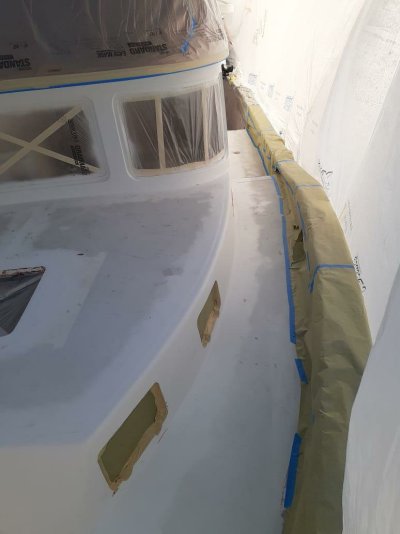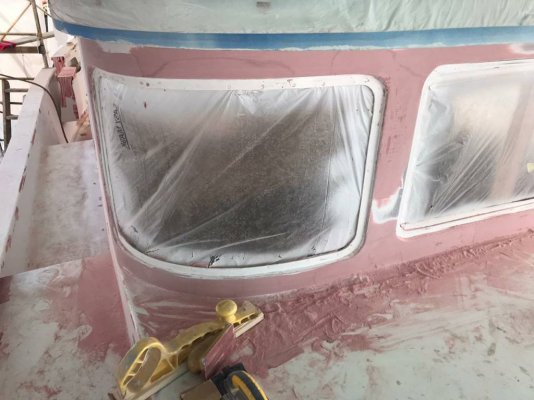Comodave
Moderator Emeritus
- Joined
- Jul 2, 2015
- Messages
- 21,308
- Location
- Au Gres, MI
- Vessel Name
- Black Dog
- Vessel Make
- Formula 41PC
When you say the bottom, I assume you mean the hull. That price isn’t out of line from what I have seen. You might look into doing some of the work yourself, it isn’t rocket science. Especially if you work with the per hour guy. You could hire him and have him show you how to do some of the grunt work and then have him do the more technical work and the painting. It isn’t hard to learn how to do some of the dewaxing, sanding, filling, taping, etc. you can save yourself a bunch of money. Paying someone $85, what my painter charges, to tape and mask the boat is a place you can save lots of money. Dewaxing is easy work and if you save 5 hours of paid labor it adds up. Also just being a helper will make it go much faster for the painter. Being a gofer is easy to do.
I don’t think I would put the clear film on the side of the boat. It may pick up dirt around the edges and look horrible after a while. Also if it needs to come off it can be a bear. If this was an issue everyone would be doing it but I haven’t heard of it, but then maybe I just don’t know...
I don’t think I would put the clear film on the side of the boat. It may pick up dirt around the edges and look horrible after a while. Also if it needs to come off it can be a bear. If this was an issue everyone would be doing it but I haven’t heard of it, but then maybe I just don’t know...


